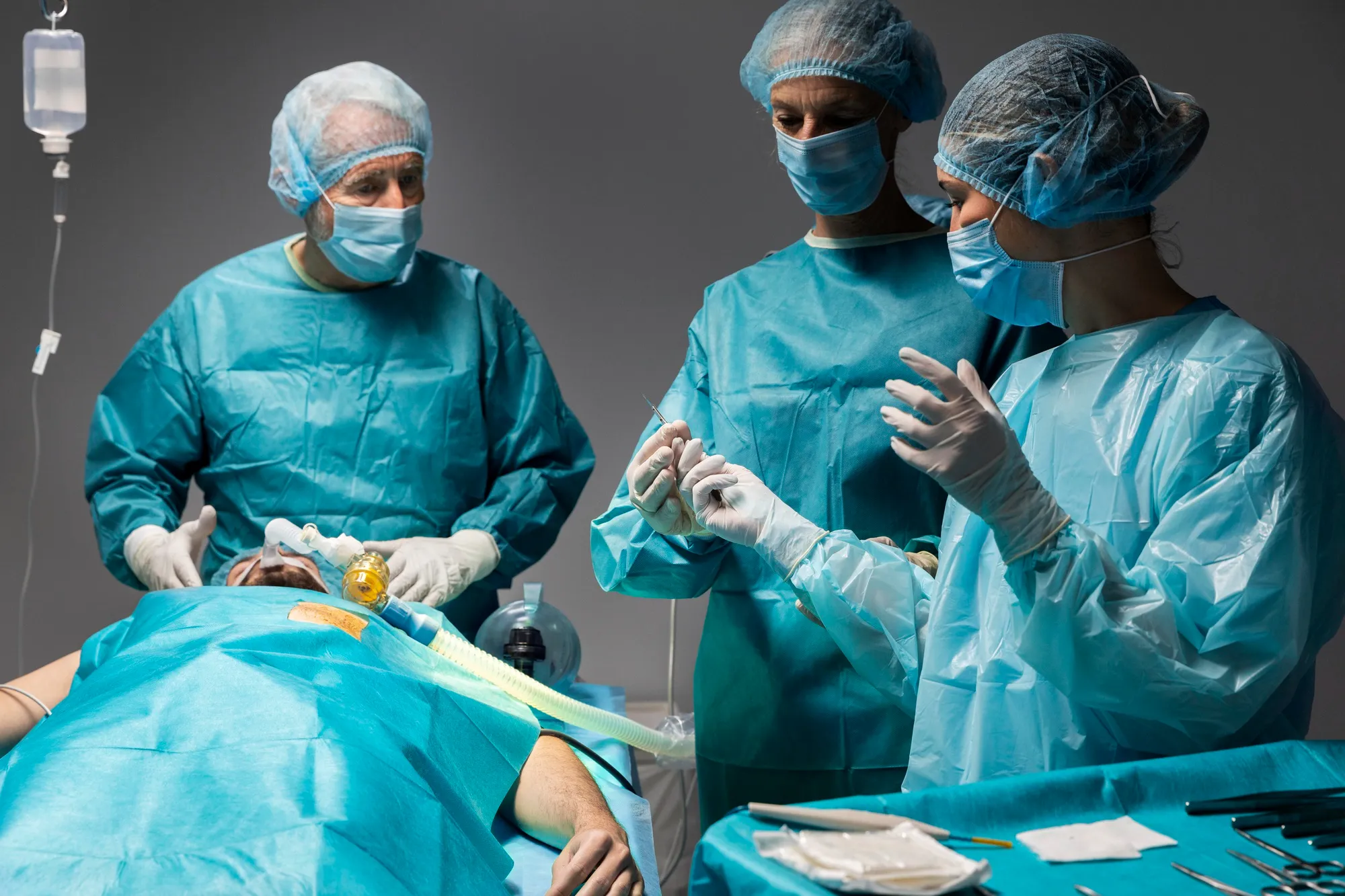A recent randomized clinical trial conducted by a team of researchers at The First Affiliated Hospital of Soochow University in China has shed new light on the effectiveness of using lidocaine viscous gargle in comparison to the topical application of lidocaine on the laryngeal mask airway (LMA) to manage postoperative sore throat (POST). The study, which was designed to evaluate the effects and safety of these two methods, involved 90 patients who were undergoing urological surgery. The results have been published in the Saudi Medical Journal, offering new insights for anesthesiologists and the wider medical community.
DOI: 10.15537/smj.2024.45.1.20230368
The Clinical Trial
POST is a common complication experienced by patients following anesthesia with LMA insertion—a noteworthy occurrence since LMAs are extensively used in modern anesthesia practice given their ease of use and reduced risk of trauma compared to endotracheal tubes. This randomized controlled trial, registered with the Chinese Clinical Trial Register (No.: ChiCTR2200059720), set out to compare the effectiveness of lidocaine viscous gargle against the topical application on LMA in reducing the incidence of POST.
Patients (n=90) were randomly allocated into two treatment arms, with 45 patients each:
Group G (Gargle): Patients were administered lidocaine viscous gargle before LMA insertion.
Group T (Topical): Lidocaine viscous was topically applied directly to the LMA before insertion.
The purpose was to determine which method was more efficient in lowering the occurrence of POST. The team lead by Dr. Peng Yan, Dr. Qian Ju, and Dr. Mao Yiqun collected data at five different time points: before placement of LMA (T0), after insertion of LMA (T1), immediately after removal of LMA (T2), one hour after removal (T3), and 24 hours post-removal (T4). The primary outcomes assessed were the incidence of POST, pharynx dryness, and any adverse events.
Key Findings: Efficacy and Safety
The incidence of POST immediately post-operation (T2) was significantly lower in the group receiving the lidocaine gargle (Group G) compared to the topical application group (Group T) — 11.1% versus 28.9%; with a p-value < 0.05 indicating statistical significance. However, one hour (T3) and 24 hours after LMA removal (T4), the difference in the occurrence of POST across the two groups was not statistically significant. Similarly, there was no significant difference found between both groups regarding the incidence of pharynx dryness. In terms of safety, there were no serious adverse events reported in either group, suggesting that both methods were safe for patients receiving LMA.
These findings emphasize the potential benefits of using lidocaine viscous gargle pre-operatively to alleviate POST, a common yet avoidable discomfort for patients undergoing anesthesia with LMA. Given the importance of the patient’s comfort and satisfaction in postoperative recovery, these results are invaluable.
References
1. De Carvalho ALR, et al. Laryngeal mask airway versus other airway devices for anesthesia in children with an upper respiratory tract infection: a systematic review and meta-analysis of respiratory complications. Anesth Analg 2018; 127: 941-950.
2. Sun R, et al. The impact of topical lidocaine and timing of LMA removal on the incidence of airway events during recovery in children: a randomized controlled trial. BMC Anesthesiol 2021; 21: 10.
3. Jaensson M, et al. Gender differences in sore throat and hoarseness following endotracheal tube or laryngeal mask airway: a prospective study. BMC Anesthesiol 2014; 14: 56.
4. Li X, et al. Incidence of postoperative sore throat after using a new technique of insertion of a second-generation laryngeal mask airway: a randomised controlled trial. Eur J Anaesthesiol 2021; 38: 285-293.
5. Altinsoy S, et al. The effects of topical chlorhexidine-benzydamine spray on laryngeal mask airway application. Minerva Anestesiol 2020; 86: 277-285.
Keywords
1. Lidocaine viscous gargle
2. Laryngeal mask airway anesthesia
3. POST in general anesthesia
4. Topical lidocaine application
5. Anesthesia complications management
Conclusion
The recent randomized clinical trial from The First Affiliated Hospital of Soochow University brings forth a notable comparison between lidocaine viscous gargle and its topical application on LMA, suggesting that the former method might hold an edge in immediate postoperative comfort by reducing the incidence of POST. The insights from the study are poised to guide anesthetic practices and may well contribute to further advancements in the care offered to patients undergoing surgeries requiring general anesthesia. With patient comfort being an essential aspect of perioperative care, this study is a valuable addition to the evolving landscape of anesthetic management.
